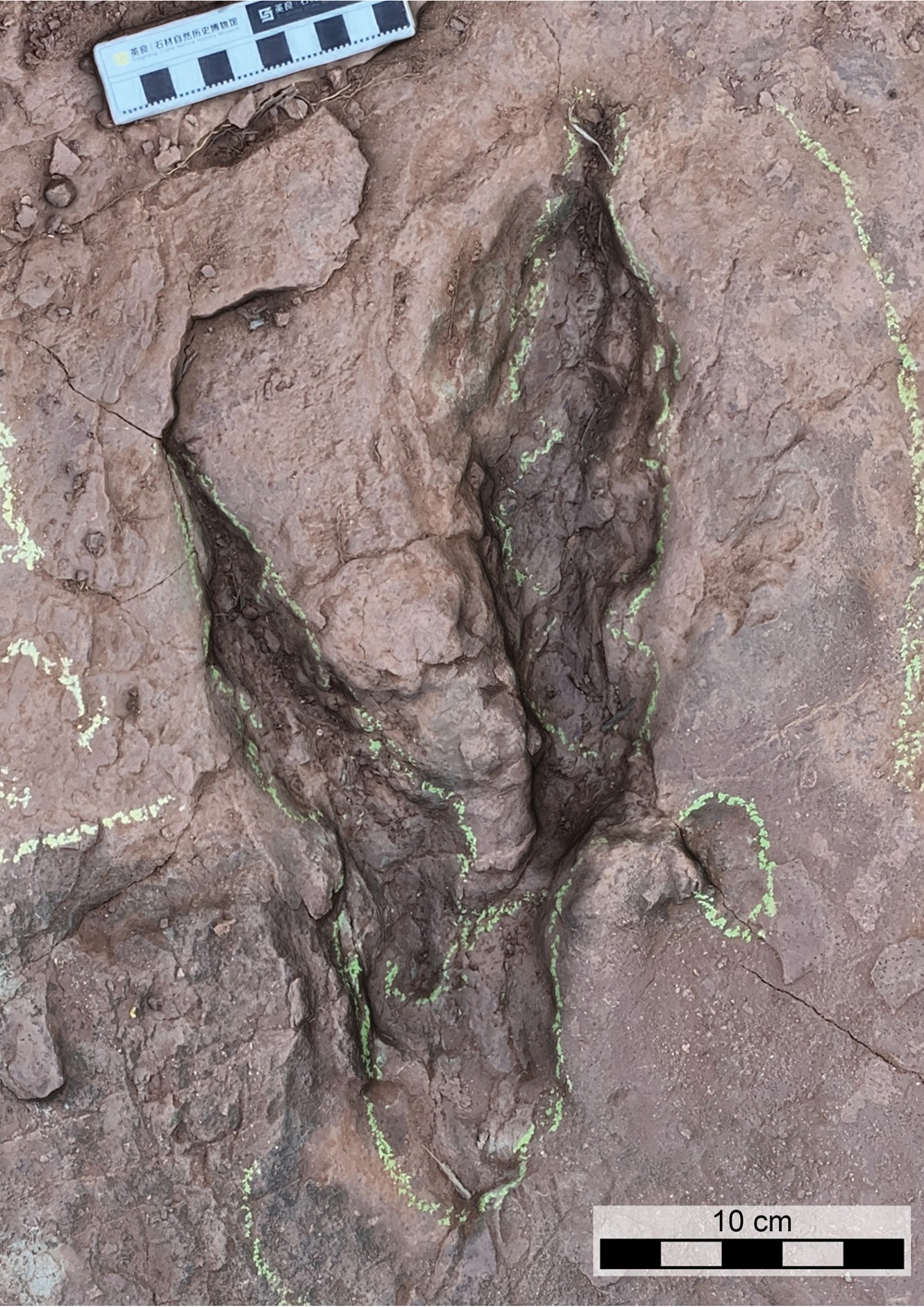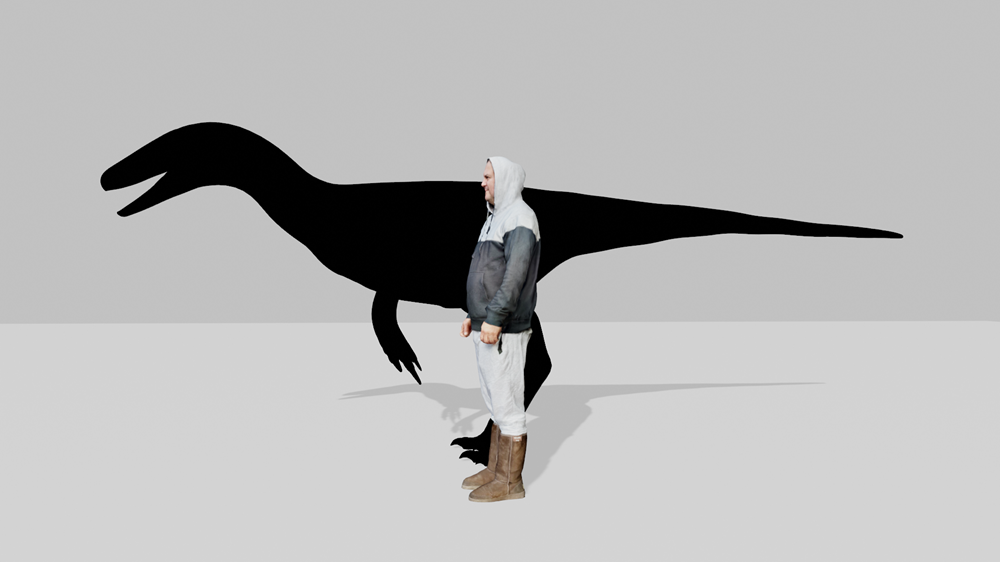A remarkable coincidence has seen a late Cretaceous mudflat preserve the footprints of two different types of raptors. More astonishingly still, one of these prints comes from a previously unknown species larger than any raptor we have previously found. Until we find the bones, there is a lot we can’t know about the creatures named Fujianipus yingliangi but they’re estimated to have been 1.8 meters (5 foot 11 inches) high at the hip, and a terrifying 5 meters (16 feet) long, much larger than Jurassic Park’s already supersized velociraptors. Stand by for future big-screen appearances.
Raptor footprints are distinctive because they only had two load-bearing claws. One of their four claws on each foot was small. The second claw was larger and its role is debated, having originally been proposed for slashing rivals and threats. However, Dr Anthony Romilio of the University of Queensland told IFLScience the current favored theory is it was used to hold down prey while the mouth ripped into them.
Whatever its purpose, this claw became so specialized it wasn’t used for walking, making raptor prints easily distinguishable from those of all other dinosaur families.

If the size of the footprint is not enough to worry you, check the depth.
Image Credit: Anthony Romilio
Ancient mud in Longyan prefecture, Fujian, China, preserves a remarkable variety of dinosaur prints, but one horizon is particularly remarkable, hosting two sets of raptor prints. One set is small and is thought to come from a 1-meter Velociraptor, which was substantially more diminutive than movies make them out to be. The other prints, however, are around 36 centimeters (15 inches) long.
There’s a rule of thumb that you multiply the length of the footprint by four to get the height of a dinosaur at the hip. However, we found a ratio more like 5.5 times.
Dr Anthony Romilio
“There’s a rule of thumb that you multiply the length of the footprint by four to get the height of a dinosaur at the hip,” Romilio told IFLScience. Even this would indicate a creature considerably larger than a human. However, Romilio added that where we have been able to match raptor bones to prints we have found a ratio “more like 5.5 times”. This could indicate a creature whose hips would tower over most humans, even without worrying about the rest of them. Romilio and co-authors have gone for an estimate somewhere in the middle.

A comparison of a human with the lower end of the estimated size range for Fujianipus yingliangi.
Image Credit: Anthony Romilio
“When people think of raptor dinosaurs, they most likely think of those in the Jurassic Park movies – human-sized, muscly, aggressive hunters,” Romilio said in an emailed statement. “But these tracks were left by a much slimmer and brainier group in the Velociraptor family known as Troodontids, which emerged in the late Jurassic period around 95 million years ago.”
“Interestingly, some of our research team has also worked on the world’s tiniest dinosaur footprints – raptor tracks in South Korea that are just one centimetre long,” Romilio added. “It just goes to show the incredible size range among raptor dinosaurs, highlighting their adaptability and ecological diversity.”
Although there is evidence the raptor family grew to considerable size in Arctic regions, these prints suggest something larger than we have seen before, and a lot further south than anything close. The name Fujianipus yingliangi reflects the tracks’ location.
Romilio calls the coincidence of these two species, both of which must have been rarer than the herbivores they preyed on, making tracks together “amazing”. However, it does seem to be a coincidence. Both were walking relatively slowly and not in the same direction, so it doesn’t seem like the Fujianipus was seeking to add some smaller raptor to its diet. That coincidence did increase the authors’ confidence the larger tracks are from a raptor, rather than some oddity of the location disguising the third claw of a different theropod family.
The age of the horizon has not been dated precisely, but falls into the 80-105 million years ago range. Disturbingly, Romilio and co-authors write that raptors appear to have been getting larger as the Cretaceous wore on. That asteroid/comet really may have done the planet a favor.
The findings are open access in iScience-Cell Press.
Source Link: Meet A Megaraptor: New Dinosaur Footprints Reveal Raptors Grew Scarily Big